Decorating Mistakes Everyone Makes In Their Living Room
- By davidh
- •
- 02 Apr, 2019
- •
When entering a meticulously designed living room, we feel it right away: the perfect proportions giving the space a certain grandeur, the plush seating drawing us in, each well-appointed seat suggesting long lazy afternoons spent without having to leave the living room. Sometimes, what is wrong in our own living rooms can be as simple as a painting hung too high or a lack of eye-level lamps. The space of your dreams may not be so out of reach—simply fix these mistakes and then enjoy your new and improved space.
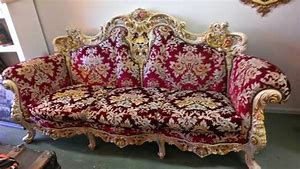
Mistake #1: Selecting or Keeping the Wrong Sofa - A great living room starts with a great sofa. You have good taste, but already have a sofa that you want to work with and don't want to replace it because it’s just a place to sit. A good sofa is key to comfort, but it's also central to how a room feels and looks. Getting the sofa right is to pay attention to seat height (a low seat is hard to get in and out of) and to draw a furniture floor plan before purchasing. Buying on impulse is great for accessories and side tables, but never for a sofa, as it can be a very costly mistake. Pay particular attention to the quality of the fabric and the timelessness of the shape.
Mistake #2: Falling Into the Showroom Look - Another mistake that plagues living rooms everywhere, is the showroom feel. In other words, a room that looks like it's all been purchased from the same store. It's important to mix new and vintage elements in order to create an interesting, eclectic, and individualized room. To avoid feeling like you're in a store, remember to leave adequate room in the budget for lighting, textiles, and accessories after large items are selected. The small pieces are what add personality.
Mistake #3: Buying a Rug That's Too Small - The American consumer has been suffering for too long from 'small rug' syndrome. Large rugs can be expensive and can feel like such a scary commitment, but it's one of the most important aspects of a room. Living rooms almost always need at least an 8-by-10-foot (if not a 9-by-12-foot) rug. Unless you have a tiny living room, stay away from anything under 6-by-9-feet. A 4-by-6-foot rug might be fine next to a bed, in a kitchen, or in an entrance, but it will not work in your living room.
Mistake #4: Poorly Planning Your Layout - While it may be tempting to push a sofa against a wall facing the TV and call it a day, there is more involved in planning a great living room layout. It's important to consider and create conversation groupings. It's also very important to consider views from your major seating. In a room with a fireplace, it’s important to figure out how to make the TV and fireplace work together. Remember swivel chairs can be your answer, and Dad some do recline!
Mistake #5: Hanging Art Incorrectly - Art hung the wrong way on a wall is like a character in a movie wearing a really bad wig, it's just hard not to see it. While some think that art should be hung at eye level, remember this doesn't apply in every case. Art should be at eye level, but not if your ceilings are really low, not if you are really tall and think about the height of the furniture the art is to hang over.
Mistake #6: Making It Too Precious to Live In - While the days of unused sitting rooms and plastic-wrapped furniture are long gone, pay special attention to making your living room fit the conveniences of everyday living. Select textiles and rugs that can take the wear and tear of everyday living. There are some great outdoor fabrics that cats, dogs and kids cannot destroy. It's important to select rugs that will wear well. Make sure that there's adequate storage in the living room to contain all of the items that we like to have around: toys, magazines, remotes.
Mistake #7: Not Mixing Periods and Styles - People often feel boxed in and limited by the architecture of their home and select furniture based on the home's time period. Remember you can mix new and vintage elements, but pay attention to furniture size and heights as traditional furniture needs to play well with your more modern pieces.

1. Mix real and faux. No one needs to know it’s not all real. It can be difficult to tell the difference at a glance so let it be your secret.
2. Mix and match! Select a few faux seasonal statement stems that you can mix in with other foliage. This can help your basic arrangements go farther and give you a variety of shapes, colors and flowers to play with all year round. Keep less seasonal specific blooms or branches to cut down on the amount of items you need to store.
3. Bend the branches and leaves so they feel more relaxed and organic!
4. Vary the stem heights in the vase give it a more interesting shape.
5. Create an airy arrangement, leaving breathing room for a simpler look.
6. Pack a visual punch by using just one type of foliage. Use unique containers for your foliage to make a one-of-a-kind statement!
7. Fill the bottom of glass vessels with rocks for more interest.
8. You can use water in the bottom of a glass vase to make faux look more realistic!
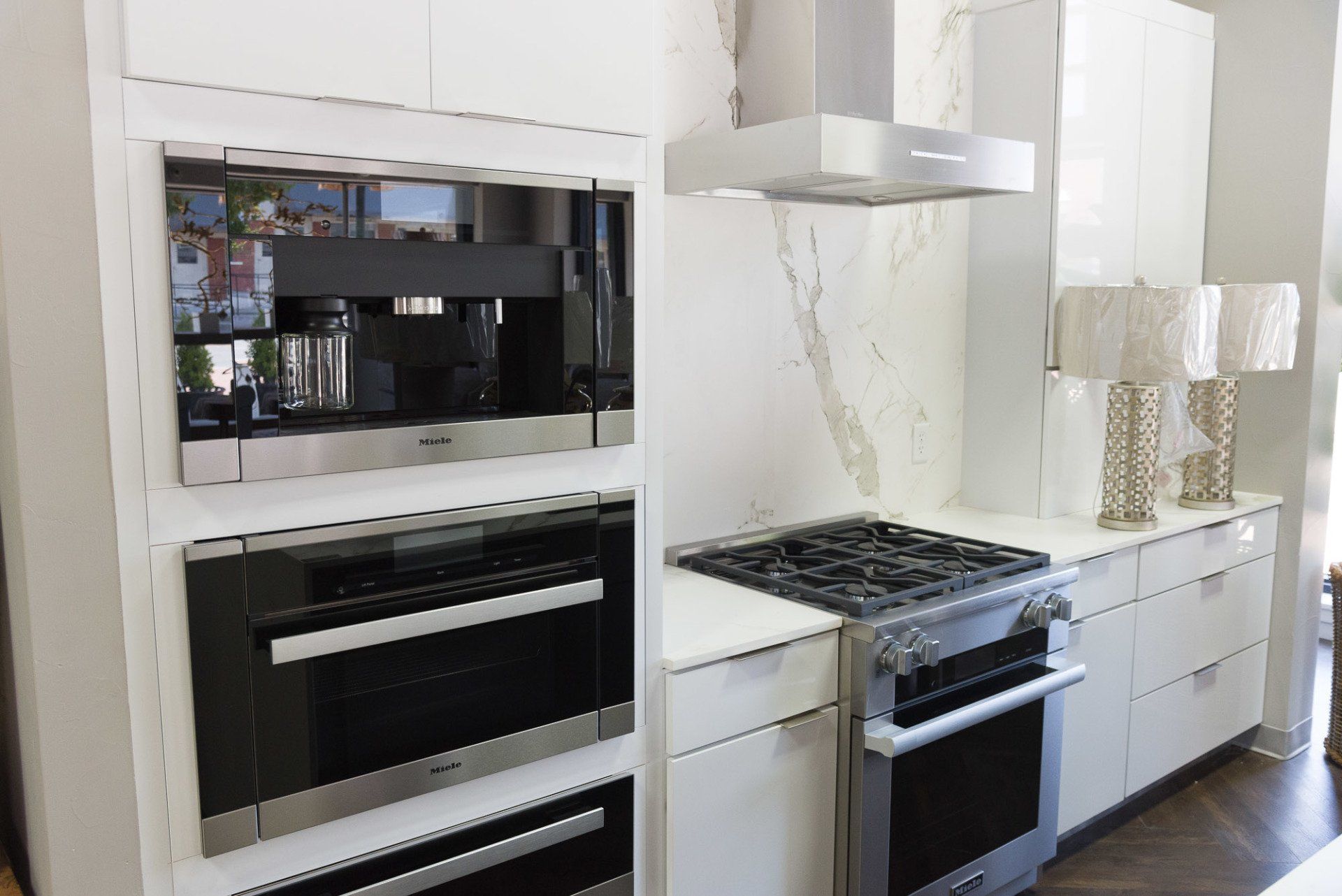
Lesson #4 - How to Clean Quartz Countertops -Quartz countertops are non-porous, which means they don't absorb bacteria, mold and mildew — not to mention things like red wine. So spill away! Cleaning is straightforward. Use only soap and water, and maybe some mild detergent. (Always check your manufacturer's cleaning and maintenance guide before you use different cleaning products, just to make sure the quartz won't react adversely to a particular chemical.
Lesson #5 - Quartz Countertop Pros and Cons
• Technology means that quartz countertops are consistently and uniformly produced, so you know exactly what you are getting when you buy it.
• Quartz's main selling point is durability. It will last for years without staining or breaking down, and requires little to no maintenance. It's also very easy to clean.
• Because it's made from little leftover bits of mineral, versus mined in whole slabs and shipped around the world, quartz countertops are considered a good environmental choice.
• One drawback is the upfront cost: it's one of the more expensive materials out there. However, quartz is extremely popular these days, which can be a huge selling point when you put your home on the market.
• Current technology limits the quartz countertop slab sizes. If you want an oversized island, for example, you might have to choose a different material. However, seams are less visible on quartz countertops than other materials.
Lesson #6 - Quartz Countertops vs. Granite/Marble - Granite/Marble was the go-to countertop for years, but has recently fallen into second place, leaving people to wonder which is better. Granite/Marble is an all-natural stone that's quarried: no two slabs are alike, and there are endless variations for you to choose from. It's also can be more affordable than quartz. Like quartz, granite/marble is highly durable, although it is porous and susceptible to stains, and therefore requires periodic sealing after the initial installation.
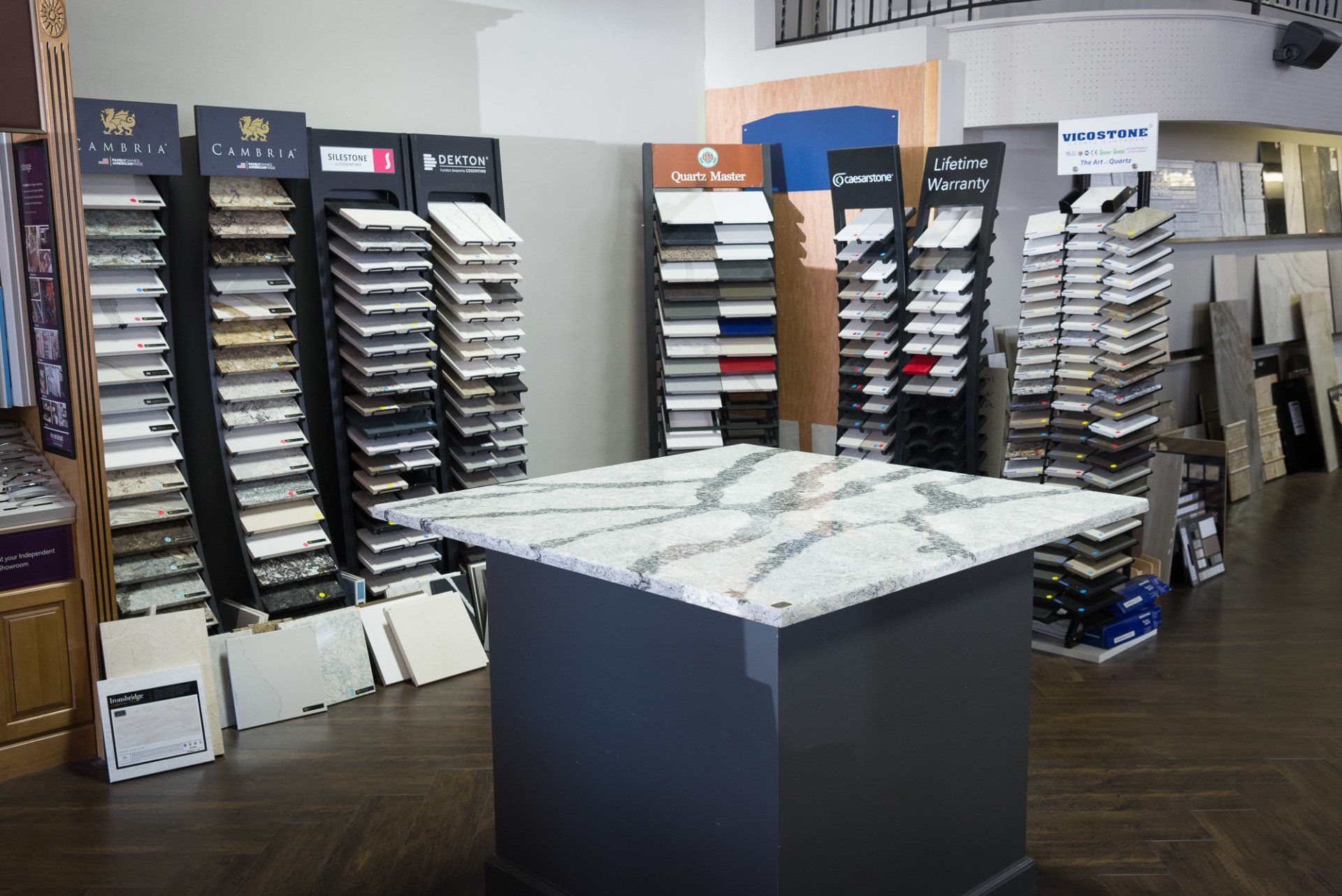
Lesson #1 - Quartz Countertops Colors - Although white and grey are probably the most popular, endless colors are available. Beyond color, new patterns also mimic the look of natural substances with subtle veins and striations — which gives the material some movement and makes it feel more real. There are also now more finishes to consider, in addition to the smooth and shiny quartz you can achieve a softer appearance — with honed or suede-like finishes — that have a brushed feel.
Lesson #2 - How Much Do Quartz Countertops Cost - Unfortunately, quartz countertops aren't a budget kitchen material, and can be a significant chunk of your remodeling budget. They run between $60-100 plus per square foot, including installation.
Lesson #3 - Durability - If you want the look, but not the maintenance, of natural materials like soapstone or marble, quartz countertops are an attractive alternative. Its hardness makes it a good work surface, and one of the most durable and low-maintenance options you can buy. Unlike other materials, it resists etching, stains, cracks and chips. More good news: the resin that binds the quartz during manufacturing already adds protection, so there's no need to initially seal the surface, or maintain by resealing in the future. It's good to know, however, that quartz countertops don't like high heat. You should never put scalding pots and hot pans directly on the countertop: always use a trivet instead.
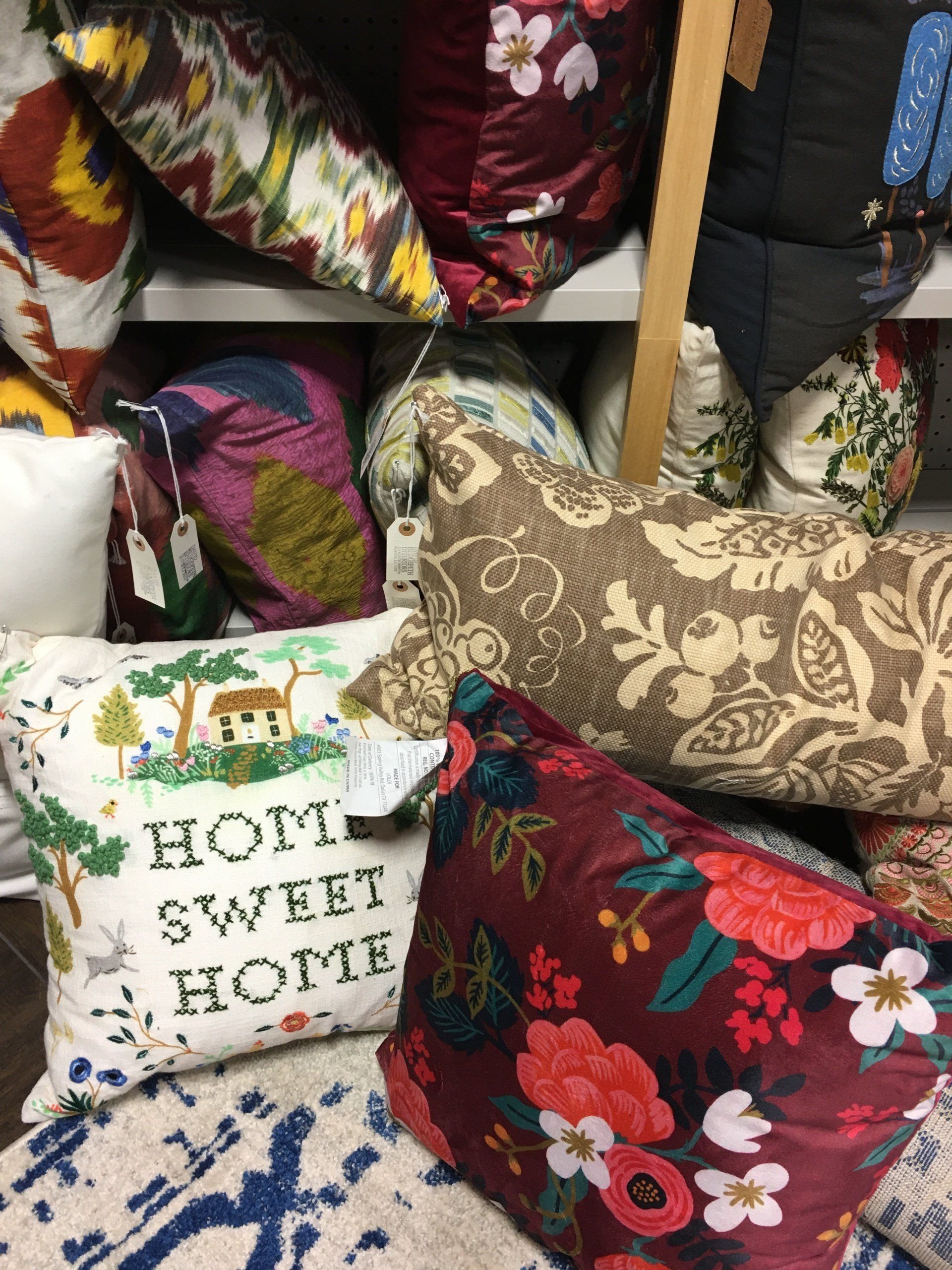
PICK AN ANCHOR COLOR: If there's a piece of furniture in your room that brings in a pop of color, make sure the rest of the room highlights it without outshining it.
MIX AND MATCH PRINTS: By mixing and matching styles and prints, you'll elevate the intrigue to keep the eye engaged.
THINK ABOUT SYMMETRY: Once you've got all the right pillows, you should also spend some time thinking about how you'd like to display them to get the most out of their potential. If you like the look of asymmetry, try an arrangement that looks more random and effortless.
STAY NEUTRAL:. If bright colors overwhelm you or you simply resonate with neutrals more, you can still allow your personality to show through with things like texture, material and shape.
EXPERIMENT WITH TEXTURE: Its fun texture makes it the perfect way to achieve a wild aesthetic outside of color, print, and shape elements.

String Mops - String-mops are inefficient, unsanitary, and obsolete because most floors should not be wet-mopped anymore anyway, they should be vacuumed, dry-dusted, then damp-mopped by spraying the cleaner directly on the floor and immediately polished clean. The new gold standard for floor mops is one with microfiber strands, or a spray mop with a machine-washable cleaning pad.

Feather Dusters - Feather dusters and rainbow-colored dusters are outdated because they’re ineffective. Without a cleaner or polish, or something to cling to the dust, they’ll just move your dirt around. Use a Swiller style dusters for light dusting once a week, but for a good, effective deep clean use an all-purpose cleaner and a microfiber cloth to trap dust and give your surfaces a nice shine.
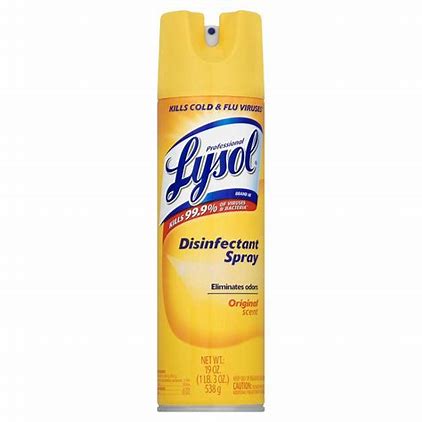
Disinfectant Spray or Wipes More Than Two Years Old - Like it or not, if it’s been sitting under your sink for too long, your go-to disinfectant spray or wipes aren’t something you can count on. Disinfectant sprays are usually only good for one to two years max. If the smell is getting weaker, then it’s not effective as a disinfectant anymore.

Hydrogen Peroxide - (especially if it’s been exposed to light)
Often used as a nontoxic disinfectant around the house, when stored incorrectly, hydrogen peroxide breaks down and loses its antibacterial properties when exposed to light for too long, that’s why it always comes in a dark bottle. Store it in a cool, dark place (in its original bottle) to ensure it stays potent and powerful. Even when stored properly, an opened bottle of hydrogen peroxide only maintains its effectiveness for six months to a year—it should indicate its shelf life on the label. After this time, the expired solution isn’t harmful, but it won’t be as effective at disinfecting as it used to.



